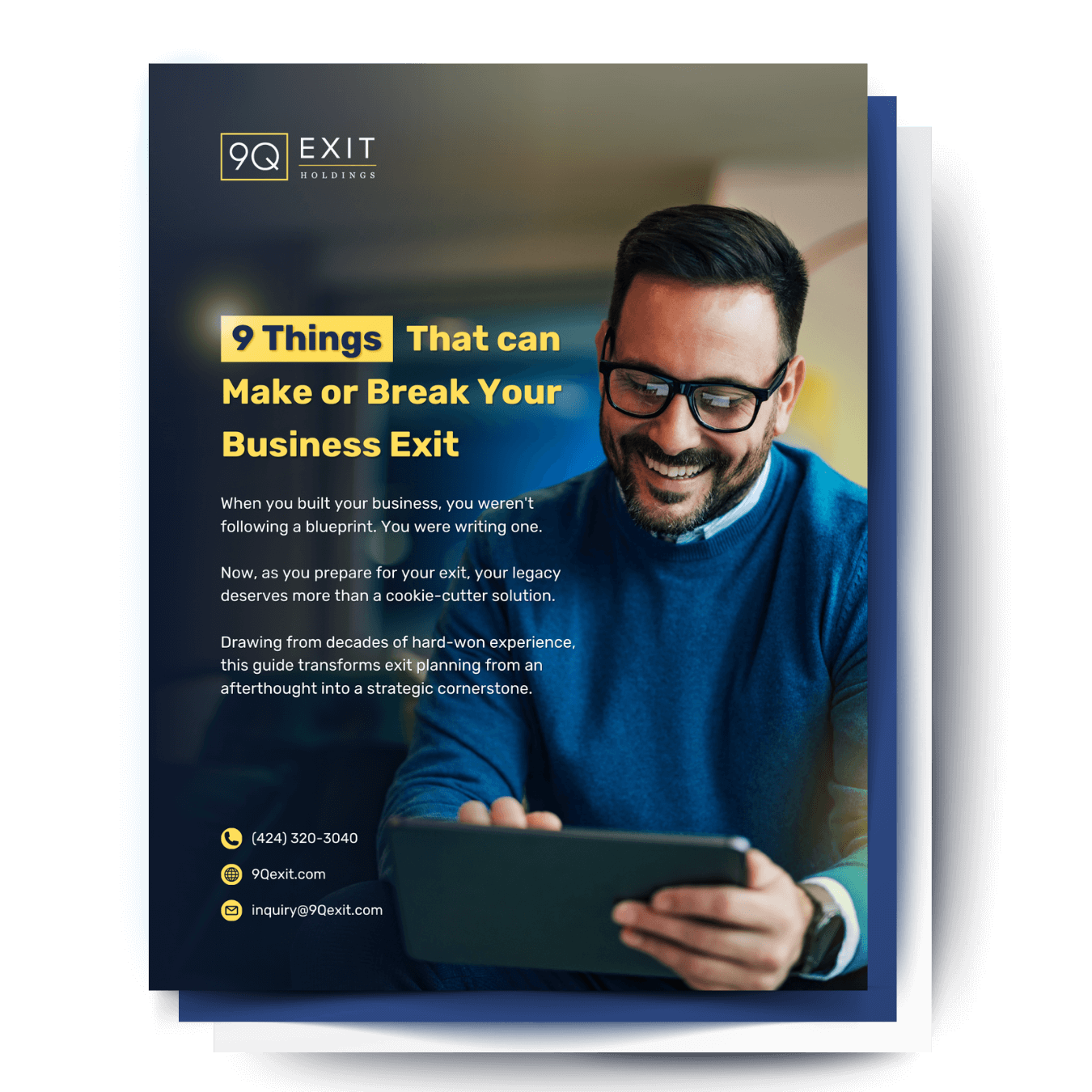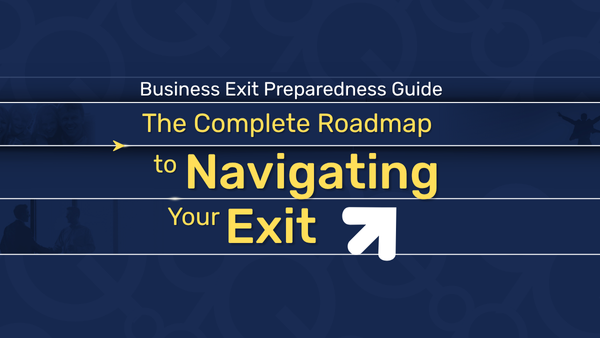A Book Review of Rem Oculee’s Exit Mindset by a 9Q Staffer.
As someone planning to become a business owner, I’ve read countless entrepreneurship books, but few have fundamentally shifted my thinking about business building like Rem Oculee’s Exit Mindset. What intrigued me is that this isn’t just another templated startup guide. Rather, it reads as a strategic framework that completely reframes how you should approach building a business from day one. Let’s dive in!

The Revolutionary Premise
Oculee’s core insight changed my approach: the best way to grow your business is to look at it from the perspective of someone who’s going to buy your company. But this angle isn’t about planning to sell immediately; it’s about building a business so valuable and well-structured that it could attract buyers at any time. The book details how Oculee learned this lesson the hard way when he couldn’t get the price he wanted for one of his companies despite it being profitable.

5 Key Takeaways
1. Master the Three Pillars: Product, Infrastructure and Conversation
The book’s foundation rests on three critical principles that every buyer evaluates:
- Product: What you’re actually selling and how well it solves real problems
- Infrastructure: Your systems, locations, processes, and people (SLPP framework)
- Conversation: How you communicate with and serve your customers
These three principles form the backbone of the Exit Mindset approach, and mastering them is a formulaic way to increase your profits, company valuation and work-life balance. For aspiring business owners like myself, this provides a clear roadmap for what to focus on from the very beginning.
2. Making the Shift from Owner Mindset to Exit Mindset Early
This was perhaps the most profound takeaway for me as a future entrepreneur. The book guides you to transform from an “owner mindset” to an “exit mindset” to facilitate profound change with notable results in operation and organization.
Oculee details that instead of thinking “How can I run this business day-to-day?” you should be asking “How can I build this business so it could operate successfully without me?” This shift forces you to create systems and processes instead of relying on your personal involvement. This mentality drives owners to prioritize building a team that can function independently, maintain effective and organized documentation and focus on long-term, scalable solutions.
3. Build a Business, Not a Job
One of the most eye-opening concepts in the book is the distinction between building a business versus creating a job for yourself.
If your product relies on your daily effort, it’s not an exit product—it’s a liability. This completely changed how I’m planning my future venture.
The “exit mindset” pushes owners to audit every aspect of your business model and ask: “If I stepped away tomorrow, would this still create value?” If the answer is no, you need to re-engineer or remove any components that are hindering value creation. Framing this as a strategy that should be your operating system from day one is crucial to determining which areas of your business are potential bottlenecks down the road.
4. The SLPP Infrastructure Framework
Infrastructure consists of four elements called the SLPP Elements: Systems, Locations, Processes, and People. This framework provides a practical checklist for building a robust business foundation:
- Systems: The technology and tools that run your operations
- Locations: Physical and digital spaces where work happens
- Processes: Documented procedures for how things get done
- People: Your team members and their roles
The key insight here is that each element must be designed to function independently of you as the founder. People essentially are your employees, whether they’re actual employees, independent contractors, whether they’re on locations, off locations—it’s the people that you work with to help you achieve the objectives you’re looking for.
5. Think Like a Buyer from Day One
This mindset shift is transformational for planning entrepreneurs. Even though you’re beginning, surprisingly, you’re already thinking about how it’s going to end. And that’s where the power of the “exit mindset” is because it’ll keep you grounded.
When you’re starting with a $10,000 company but dreaming of building a $10 million business in 10 years, Exit Mindset helps you build everything with that end goal in mind. This dual effect gives you clarity on what you need to do now and sets the pace to reach your target.
Why This Book is Essential for Future (and Current) Business Owners

Unlike many entrepreneurship books that focus on getting started, Exit Mindset teaches you to build right from the beginning. Whether you’re a novice or a seasoned business owner, I believe that this book delivers clear guidance for maximizing your business potential and achieving the exit you deserve. It’s the classic positive affirmation effect, but with actionable steps!
The practical exercises throughout the book help you apply these concepts immediately. I especially love all the exercises throughout the book that give structure for the process.
The Bottom Line
Exit Mindset isn’t just about selling a business—it’s about building a business worth selling. Even if you never plan to exit, following these principles will create a more profitable, efficient, and valuable company that gives you true freedom.
For aspiring entrepreneurs, this book provides the architectural blueprint for building something with lasting value. This is architecture for entrepreneurs who play long games and win big exits. It’s changed how I think about every aspect of my future business, from initial product development to team building to customer relationships.
Rating: 9/10 – Essential reading for anyone serious about building a business that creates wealth and freedom, not just another job.







